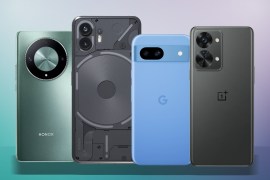Samsung Galaxy S24 Ultra vs Google Pixel 8 Pro: which is best?
It's Google vs Samsung in the battle of the Android flagships
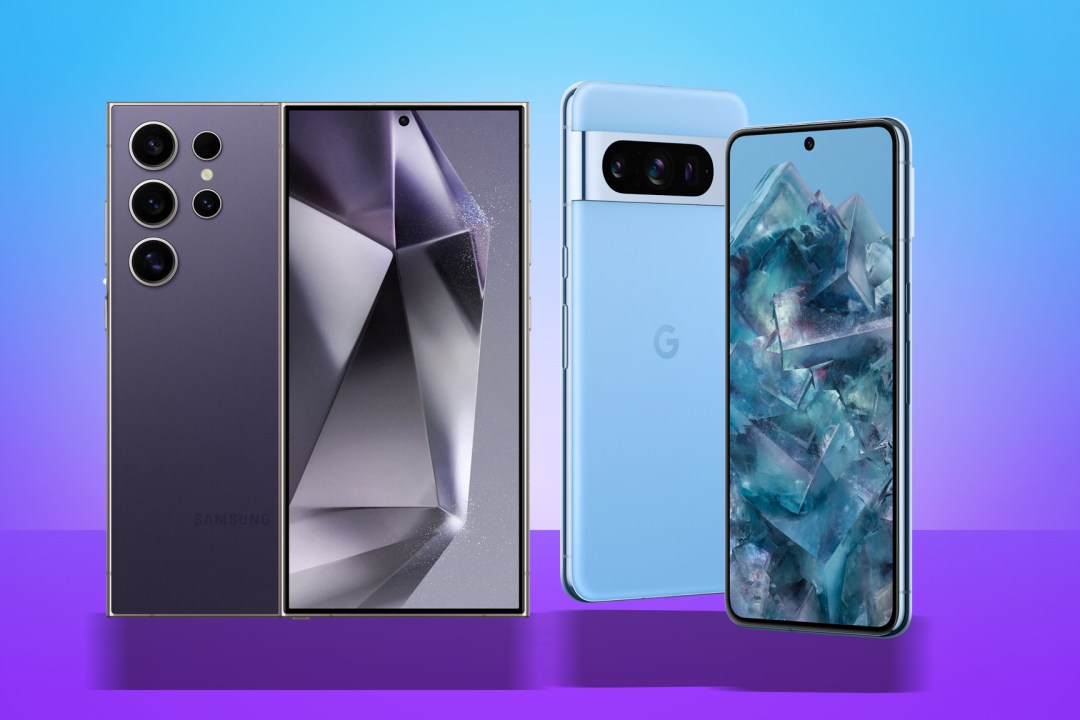
As soon as Samsung pulled back the curtain on its latest flagship smartphone, the question was already being asked: when it comes to the Galaxy S24 Ultra vs Pixel 8 Pro, which is best? Google’s best effort is, after all, a killer camera phone – and was among the first with on-board AI. Two things the Galaxy S24 Ultra also excels in.
Having now fully reviewed the Galaxy S24 Ultra and spent the past few months using the the Pixel 8 Pro as my main phone, I’ve got a great idea about how the two devices compare.
Samsung Galaxy S24 Ultra vs Pixel 8 Pro price
Google’s phone takes the affordability win – but the price difference isn’t as large as it first appears. That’s because while Pixel 8 Pro starts at $999/£999, it only comes with 128GB of storage; the 256GB version will set you back $1059/£1059, and the 512GB model $1179/£1179.
The base Galaxy S24 Ultra has 256GB (there’s no 128GB option) and will set you back $1300/£1249. The 512GB version costs $1420/£1349 and the 1TB model $1660/£1549.
Even with equal amounts of storage, you’re still looking at a $240/£200 increase by shopping Samsung – though that extra cash does buy a few unique features, such as the S Pen digital stylus and a titanium build.
Keep in mind that because the Pixel has been out for longer, there may be further discounts to be had if you shop around. These are also SIM-free prices – mobile networks are sure to have some tempting deals that bring the price down, especially if you have an older device to trade in.
Design: test of metal
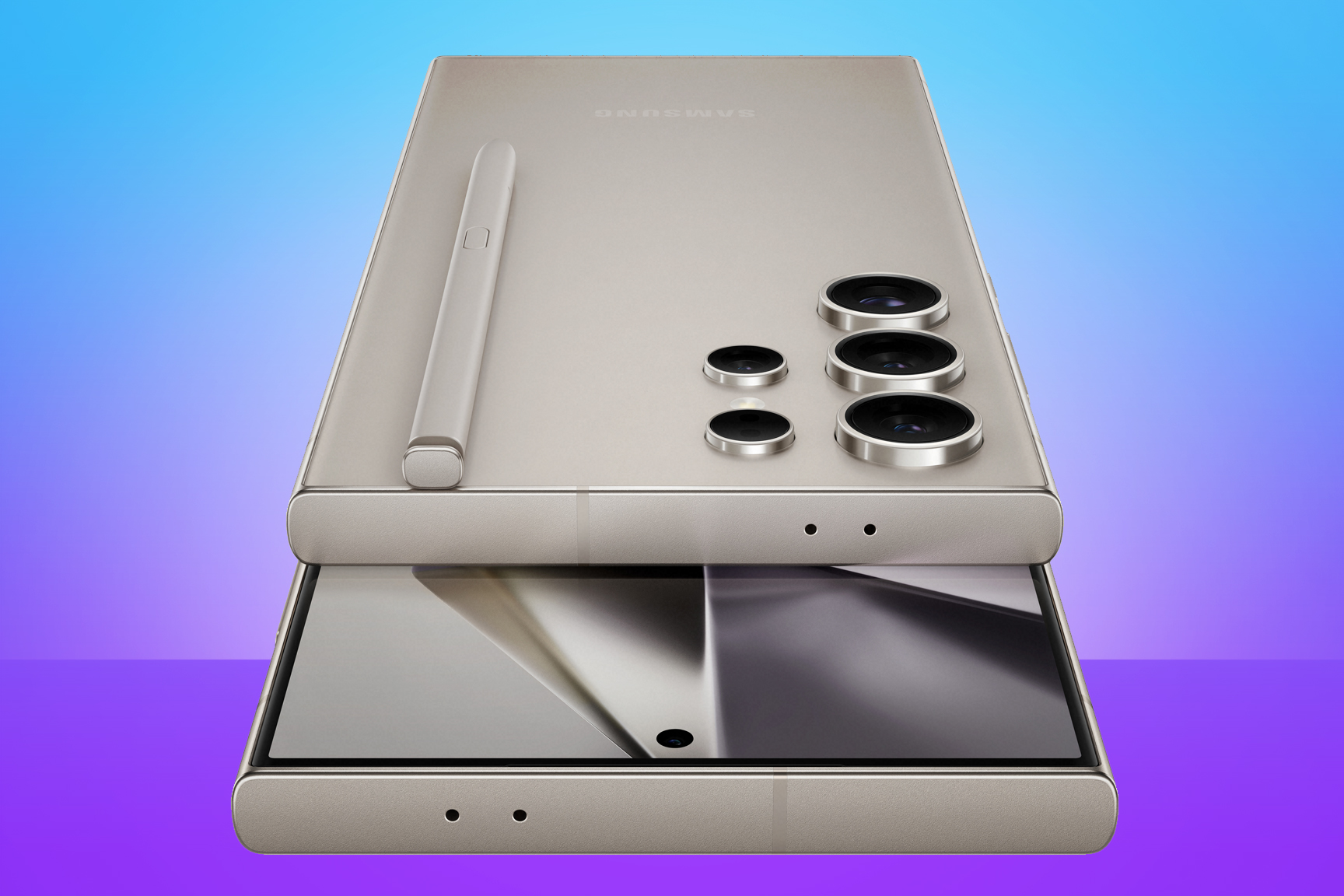
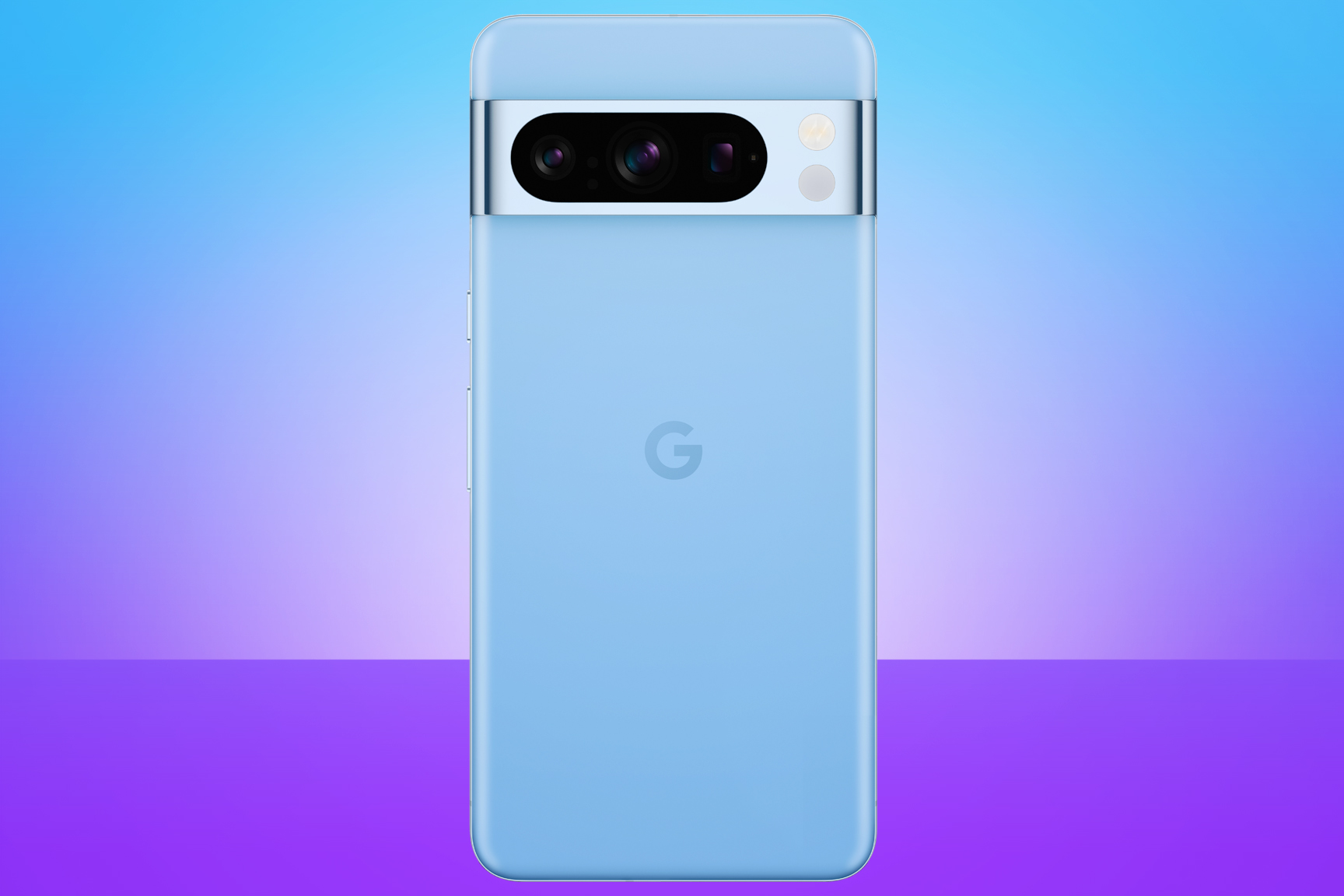
Samsung has embraced titanium for the Galaxy S24 Ultra. This tough and timeless material is a step above aluminium and stainless steel, and goes a long way to making the phone feel even more premium in the hand. It keeps the slightly curved sides of the outgoing S23 Ultra, but swaps that phone’s curved-edge glass for a flat panel. You’ll either be relieved or feel it’s a backwards step.
The overall look hasn’t changed much from last year, with the same five bare camera lenses protruding from the rear of the phone, and a slot in the bottom to hold the S-Pen stylus. Samsung has slimmed down the phone slightly, and made it shorter yet wider – thanks mainly to the skinny screen bezels, which take up less room at the front of the phone now. It’s still a big handset, but a little more manageable than previous iterations.
Google gave the Pixel 8 Pro a similar design overhaul, keeping many familiar features from previous phones but swapping curved-edge glass for a flat screen. The rear glass is frosted now, which helps hide fingerprints, and the distinctive camera shelf now forms a part of the central frame. It doesn’t use particularly exotic materials, though, and the rounded corners give a softer vibe than the Galaxy’s more severe squared-off look.
Which you prefer is personal choice, but the Samsung edges it out for me thanks to that titanium frame.
Display: flat’s where it’s at
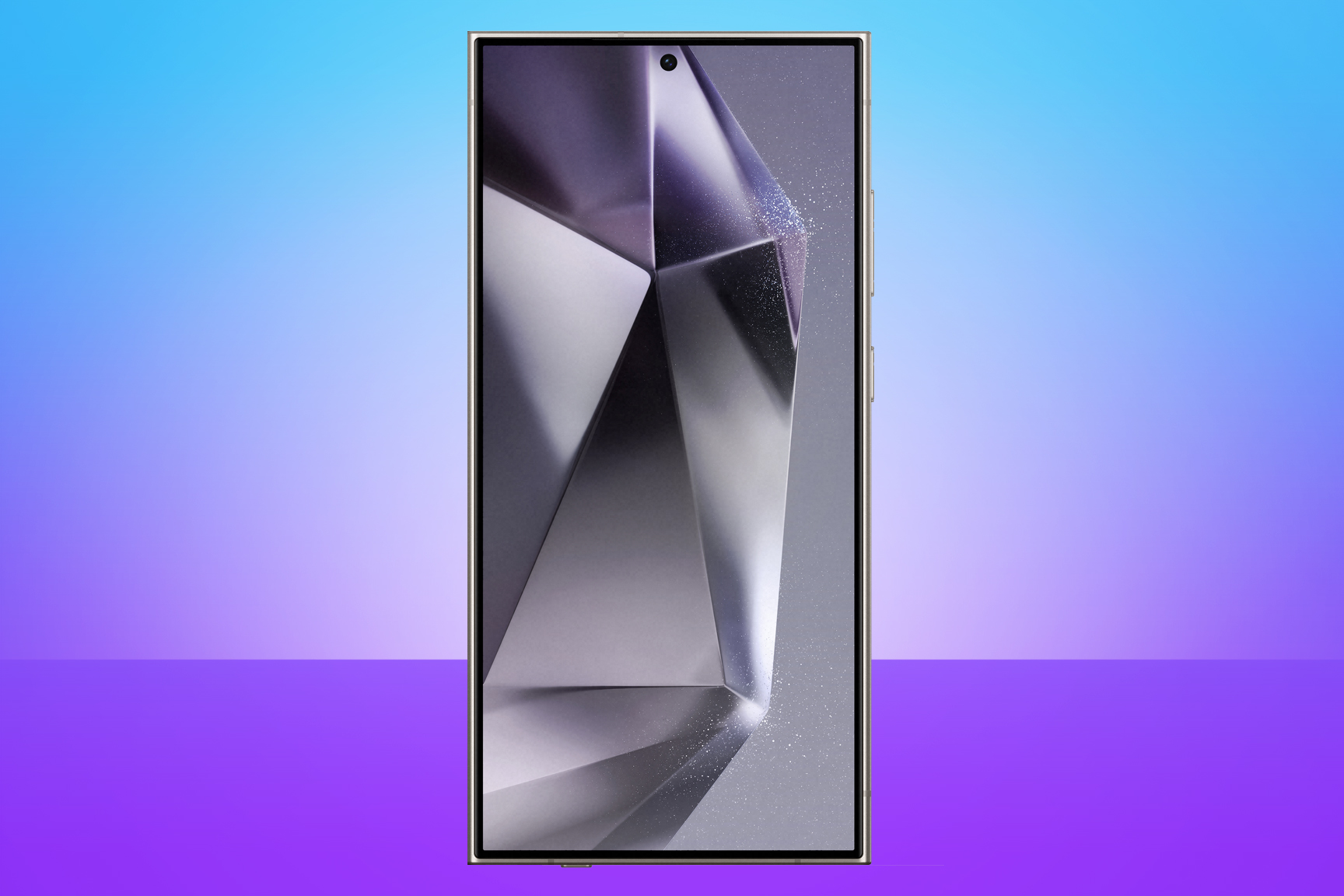
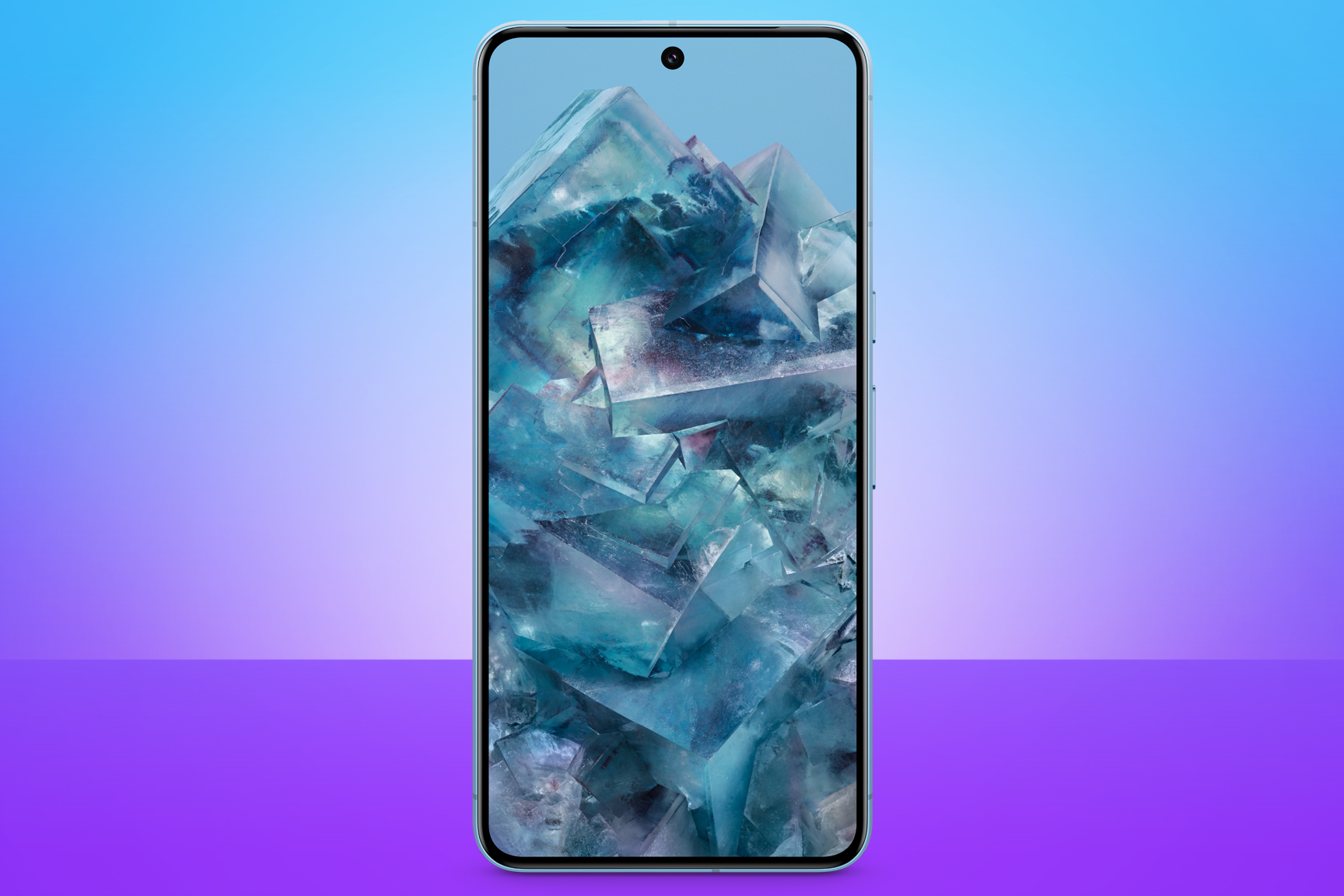
After a few years of both brands embracing curved-edge screens, this latest smartphone generation sees Samsung and Google returning to flat glass. The Samsung is the larger of the two at 6.8in, though the Pixel 8 Pro isn’t far behind at 6.7in.
Both the Galaxy S24 Ultra and Pixel 8 Pro have flat AMOLEDs with better than Full HD resolutions, 1-120Hz LTPO adaptive refresh rates and properly high peak brightness. Officially the Pixel 8 Pro tops out at 2400 nits, while the Galaxy can hit 2600. Both should easily be bright enough for outdoor viewing.
I have to give the win to Samsung because it uses Gorilla Armor glass. This ultra-tough glass is four times more scratch resistant than the Gorilla Glass Victus 2 found on the Pixel 8 Pro, and reduces reflectivity by as much as 75% to boot. It makes a huge difference in direct sunlight.
Performance & battery: Snap to it
The Galaxy S24 Ultra is powered by a Snapdragon 8 Gen 3 For Galaxy, paired to 12GB of RAM and either 256GB, 512GB or 1TB of internal storage. That “For Galaxy” bit is important, as it means the CPU and GPU run faster than off-the-shelf versions of the same chip used by rival phone makers. A 1.9x larger vapor chamber cooling system compared to the S23 Ultra helps it maintain those speeds for longer, too. That basically means performance is as good as it gets outside of actively cooled gaming smartphones.
Google has used a Tensor G3 chip inside the Pixel 8 Pro, along with 12GB of RAM and your choice of 128GB, 256GB, 512GB or 1TB of storage. This Samsung-produced silicon doesn’t have the raw power of Qualcomm’s latest Snapdragon, and isn’t as well suited to gaming, but still delivers the sort of performance I’d expect from a flagship phone. Still, for raw grunt Samsung takes the win.
Things are tied on battery capacity, with 5000mAh cells inside each handset, but efficiency gains mean it’s Samsung that lasts longer away from the mains. Google’s phone can last all day too, but with less remaining in the tank. Both still demand an mid-afternoon top-up if you spend a lot of time gaming or filming 4K video.
The Galaxy S24 Ultra can charge at 45W over USB-C, while the Pixel tops out at 30W. That lead is reversed for wireless charging; the Samsung can only manage 15W, while the Pixel can handle 23W on a compatible Qi pad.
Cameras: which zoom is zoomier
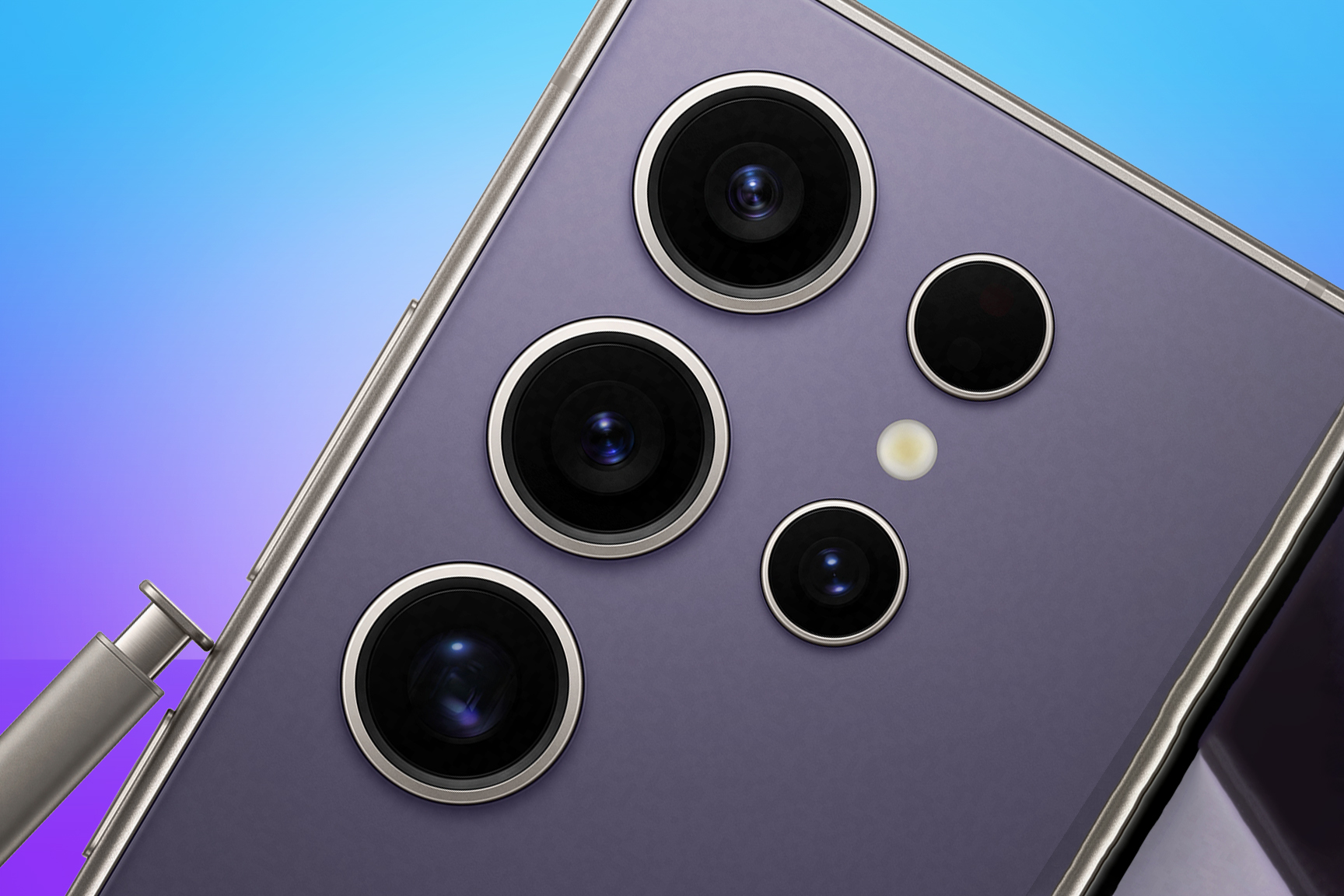
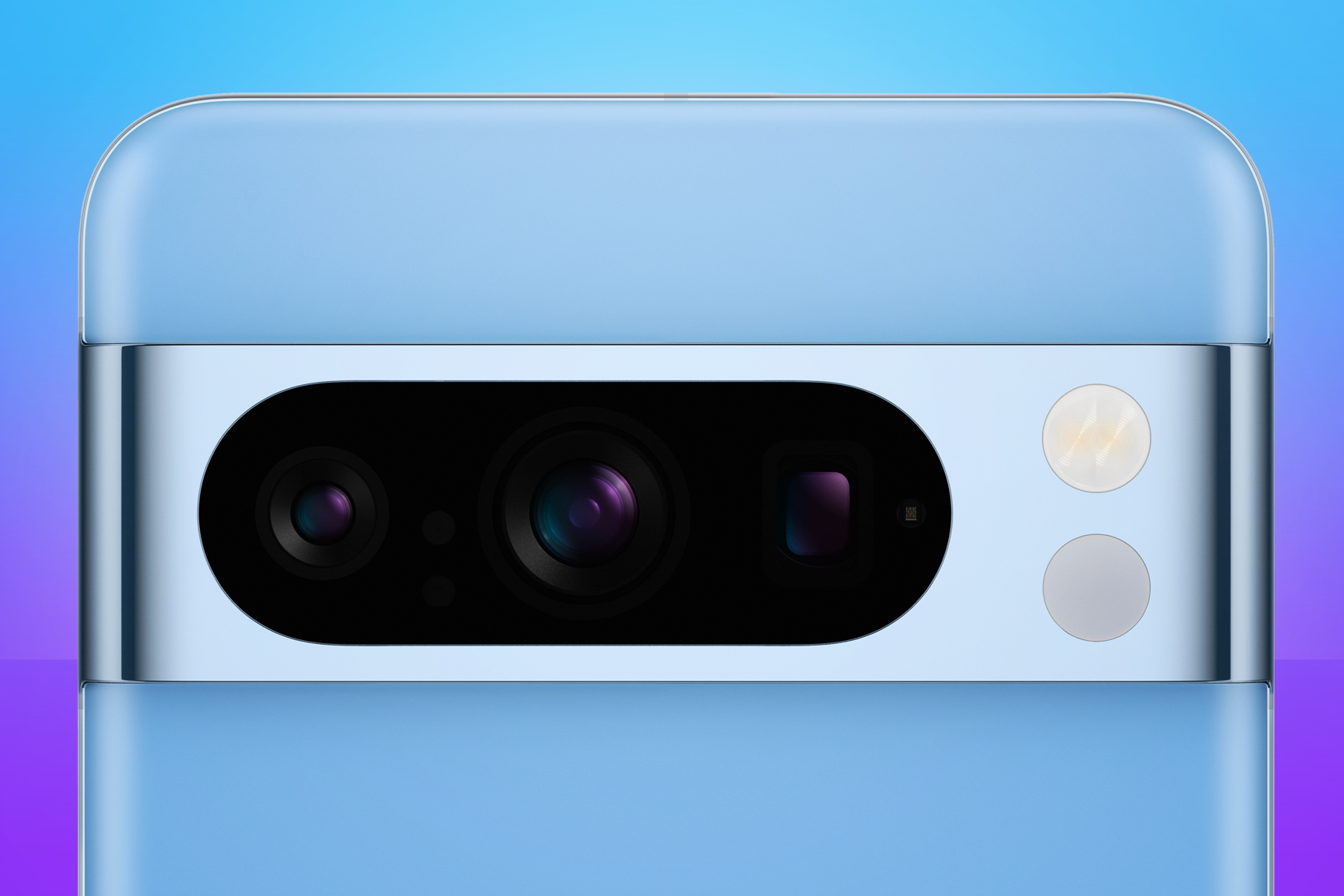
The Galaxy S24 Ultra keeps the same 200MP main rear camera sensor as last year’s S23 Ultra. It also retains the 10MP, 3x optical zoom telephoto and 12MP ultrawide lenses. Samsung has upgraded the second zoom camera with a 50MP sensor and periscope lens good for 5x magnification. The sensor has 1.6x larger pixels and an enhanced optical image stabilisation gyro sensor, which promises better low-light zoom performance. Computational cropping then steps in to deliver 10x shots that are almost (but not quite) clean as last year’s dedicated hardware.
It can record 4K video at 120fps, and uses generative AI to double the number of frames when watching your clips back through the gallery app. Generative editing is also available for the first time, using cloud-based AI to expand pictures that have been cropped too tightly, and move or remove objects within a photo after you’ve pressed the shutter button.
Google opted to give the Pixel 8 Pro three rear cameras: a 50MP, f/1.7 main snapper with phase-detect autofocus, laser AF and optical image stabilisation; a 48MP, f/2.8 periscope telephoto with PDAF and OIS; and a 48MP, f/2.0 ultrawide with PDAF. It can shoot 4K footage at 60fps, but only in SDR; HDR recording caps out at 30fps. There’s also a 10.5MP selfie camera up front, complete with PDAF.
The Pixel has its own AI-based editing tool called Magic Editor. It lets you tap to select objects then drag them anywhere else within the shot, or remove them completely. If part of the object was cropped out of the shot it will generationally create the missing parts, and there are options to replace skies with more pleasing colours or clouds. Best Take also lets you replace individual faces with different shots taken around the same time, in case one person in a group shot was blinking or not smiling.
Samsung and Google’s colour processing approaches are very different, with each having their fans, and both companies do a fantastic job with their Night modes. This is a very close race indeed, with Samsung winning in certain conditions but Google winning in others. I personally prefer the Pixel’s processing, but you’ll be very happy with the shots the Galaxy can pull off.
Samsung Galaxy S24 Ultra vs Pixel 8 Pro verdict
The Galaxy S24 Ultra has the Pixel 8 Pro licked when it comes to performance and battery life. It’s clearly ahead in the display stakes, and the design and build is unparalleled thanks to Gorilla Armor glass and a titanium frame. Let’s not forget the extra versatility brought by the S-Pen, either.
The Pixel 8 Pro claws things back in terms of sheer value, though. Google’s take on Android is also refreshingly minimal compared to Samsung’s feature-rich OneUI. Each phone has its own idea of what on-device AI is best used for; either they’ll make your life a whole lot easier, or you’ll try the features out once and then forget all about them.
Both phones are up there with the very best for photography, and they trade blows in different lighting conditions. The Pixel’s better affordability makes it the easier of the two to recommend if you’re budget-minded, but the Galaxy’s do-it-all nature means it’s the better phone overall.


